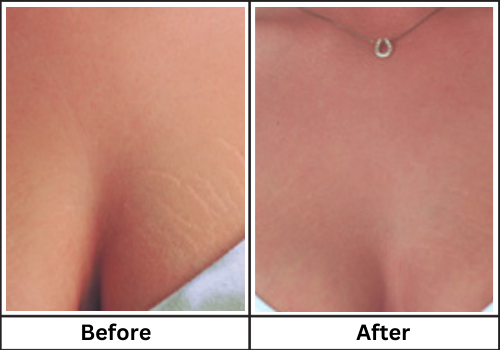The Gold Standards for Laser Dermatology

If you’ve been reading online about laser treatments for a particular skin problem that you’d like to improve, you may have come across the term “gold standard.” It refers to the idea that a device or technology is the “best around” and the “bar” we use to measure other devices against it. You may also […]
Is Laser Hair Removal Safe for Black Skin?

There is a lot of misinformation about laser treatments for dark skin. One of the most common misconceptions is that African-Americans cannot have laser hair removal because of their skin color. While it is true that many of the same lasers and light-based devices used to treat patients with lighter skin types cannot be used […]
Can I Have Laser Treatments for Stretch Marks if I’m Pregnant or Breastfeeding?

If you’re pregnant or recently delivered a baby, congratulations! You’ve seen and felt a lot of changes with your body since you first found out you were pregnant. And while you wouldn’t trade anything for that sweet, little baby that’s either in your life or about to be, we’re sure you’ve welcomed some of those […]
How Many Treatments Will I Need for Laser Tattoo Removal?

Demystifying Laser Tattoo Removal: What You Need to Know Many patients that we talk to about laser tattoo removal come to us thinking that the procedure is a one shot deal. In reality, it takes multiple treatments to completely remove your tattoo. Laser tattoo removal is a customized process that requires both a knowledgeable, experienced […]
